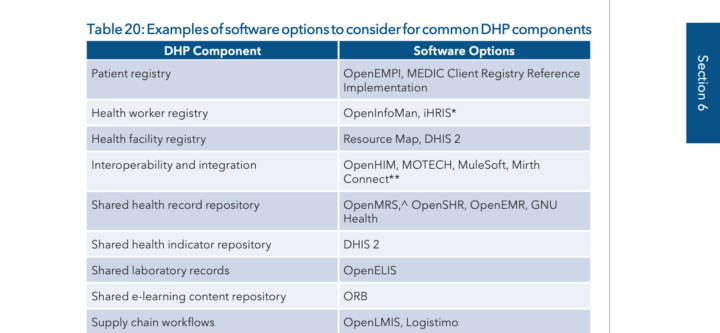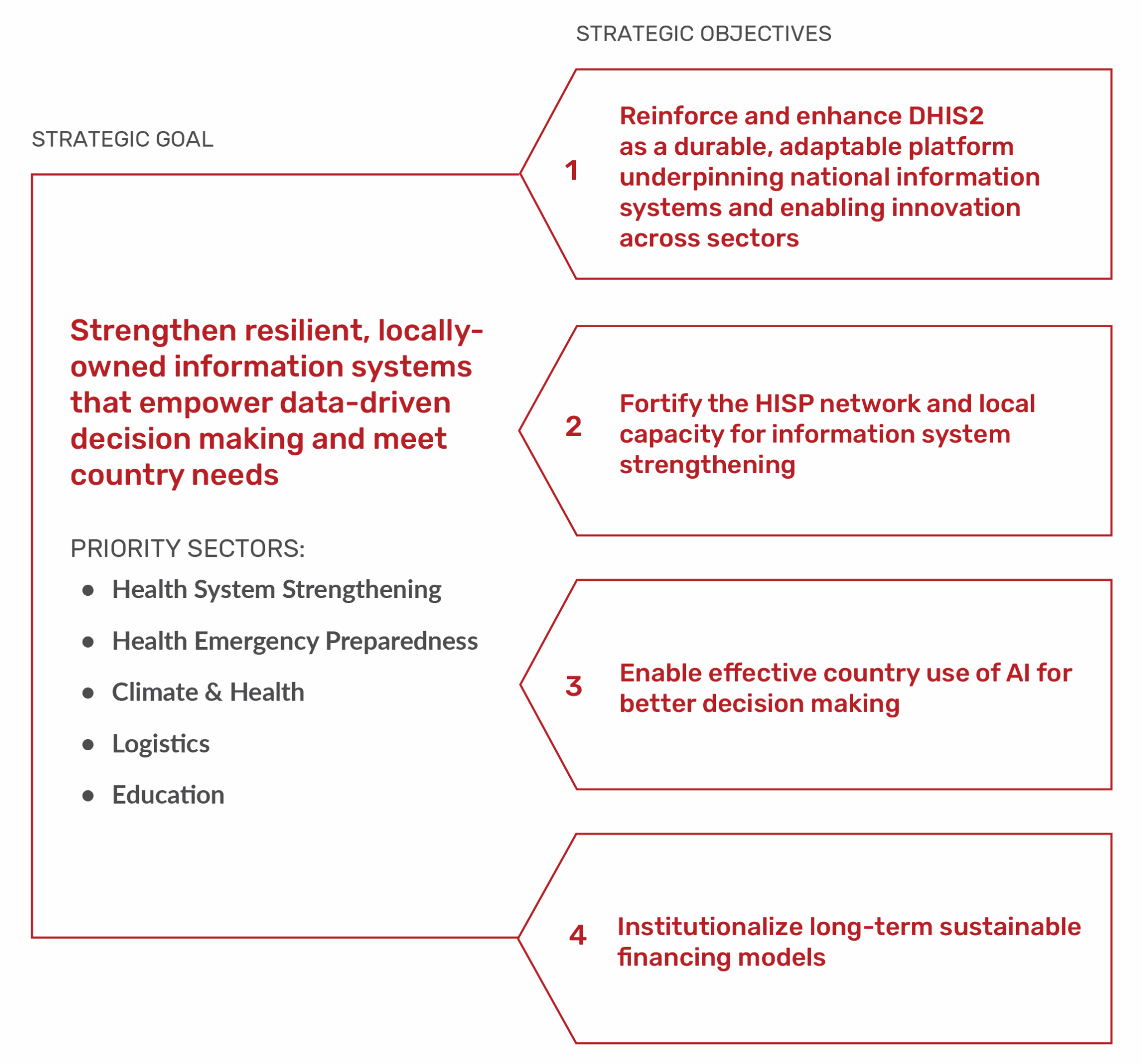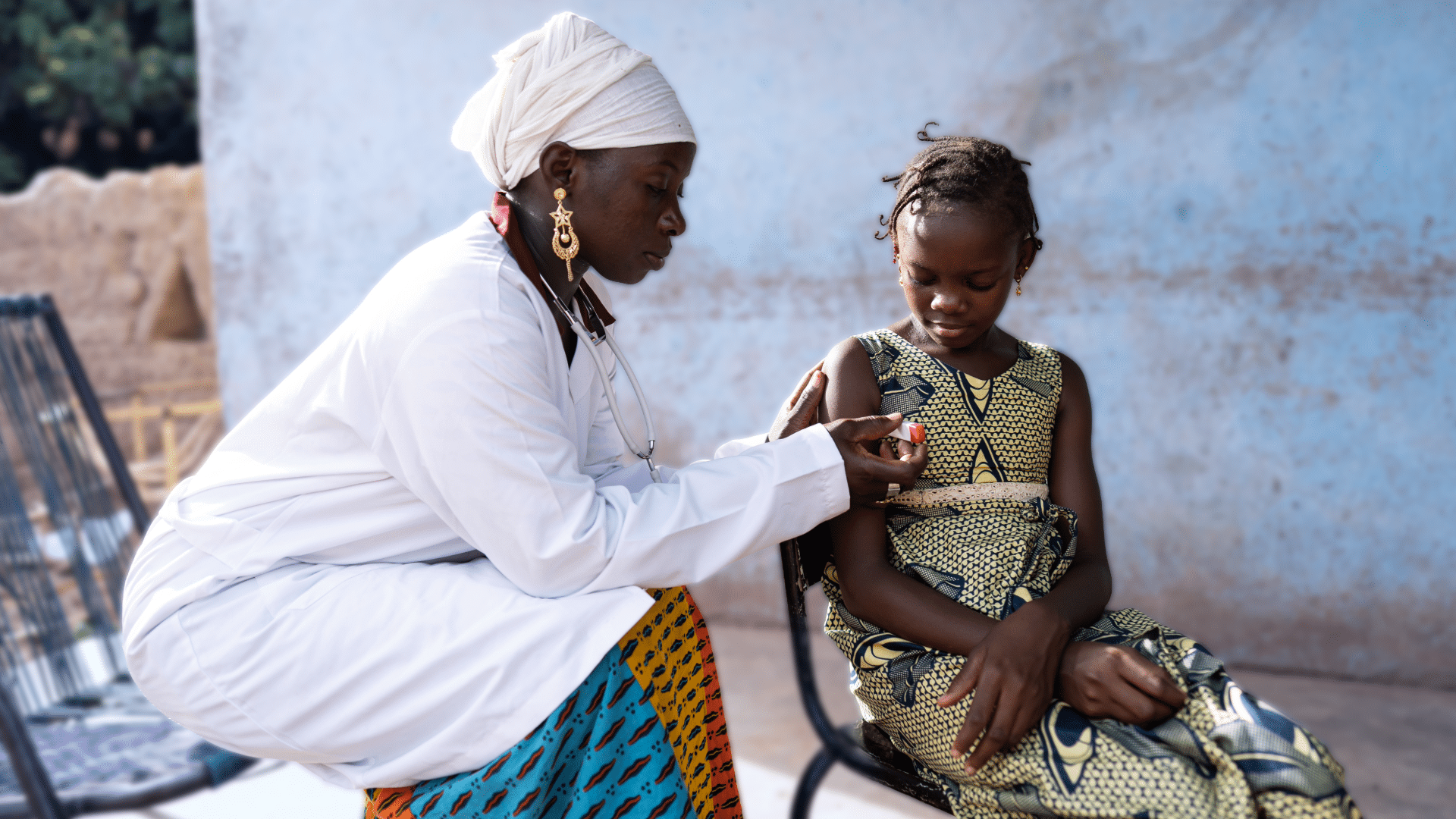DHIS2 news: WHO handbook on Digital Health Information Infrastructure features DHIS2 integration
Liberia’s experience using DHIS2 and mHero to respond to Ebola is used as example in this resource on building better health “infostructure”
The International Telecommunication Union and World Health Organization recently published a new resource for digital health planning, the Digital Health Platform Handbook: Building a Digital Information Infrastructure (Infostructure) for Health. This handbook is written for planners and enterprise architects in the health sector who are responsible for designing national digital health systems, and provides useful information for countries at various stages of digitization.

The handbook centers around helping countries build robust national health platforms, focused on system integration in support of the UN Sustainable Development Goals both within and beyond the health domain. As the introduction to the document states:
(This handbook is) “a new toolkit designed to help countries create and implement a digital health platform (DHP) to serve as the underlying infrastructure for an interoperable and integrated national digital health system.”
DHIS2 is referenced throughout the guidebook as a commonly used software platform that can be incorporated as one of the primary components in a country’s integrated digital health platform. Some examples of DHIS2 integration are featured, including a case study on Liberia’s use of DHIS2 and mHero in response to the Liberia outbreak in 2014, an integration that has continued to evolve to meet additional health system needs and disease surveillance use cases, including the use of the DHIS2 Tracker application for individual-level data.
Read the full Digital Health Platform Handbook on the WHO website.


